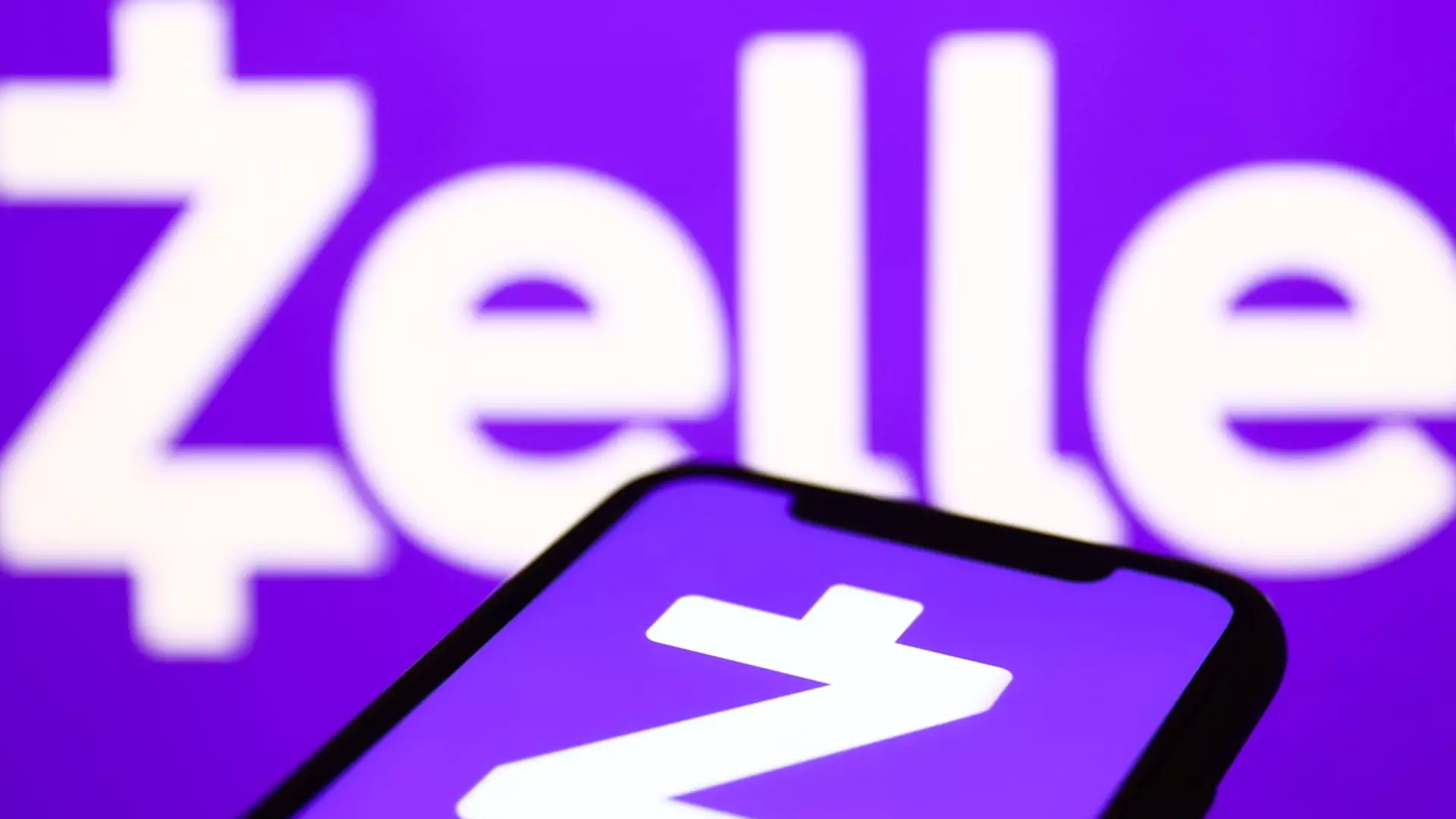As the digital finance landscape evolves, Zelle, operated by Early Warning Services, has become a formidable player in the peer-to-peer (P2P) payments arena. Last year marked a historic milestone as Zelle surpassed a staggering $1 trillion in total transaction volumes, solidifying its status as the leading platform for person-to-person financial exchanges. This achievement highlights not only the platform’s growth but also the shifting preferences among consumers towards instantaneous and efficient financial transactions.
User Expansion and Engagement
In 2024, Zelle experienced a significant user base increase, with the number of active accounts swelling by 12% to reach 151 million. This escalating engagement reflects a broader trend of consumers gravitating towards digital payment methods over traditional ones. Denise Leonhard, the general manager of Zelle, emphasized that this surge in utilization has resulted in a notable 27% increase in transaction values compared to the previous year. Such a growth trajectory underscores the platform’s pivotal role in advancing payments technology and changing consumer habits.
Comparative Advantages and Market Positioning
Zelle’s unique position stems from its backing by major U.S. banks, including industry giants like JPMorgan Chase, Bank of America, and Wells Fargo. Unlike standalone fintech platforms such as Venmo and PayPal, Zelle facilitates instantaneous transfers directly through the mobile applications of member banks. This integration provides a streamlined user experience that resonates well with customers, making Zelle an attractive choice for both individuals and businesses. Remarkably, Zelle’s growth has outpaced that of its direct competitors, including PayPal, which recorded P2P payment volumes of over $400 billion.
Despite its impressive ascent, Zelle has not been without controversies. The platform has faced scrutiny regarding its mechanisms for handling fraud complaints, especially in light of reports that major banks associated with it did not efficiently manage incidents or offer sufficient restitution to victims. In response to these concerns, Zelle has implemented enhanced fraud prevention measures. The firm claims that an impressive 99.95% of transactions are carried out without any fraudulent activity, which attests to their commitment to securing user transactions.
The rise of Zelle can also be attributed to a broader cultural shift among consumers towards digital payment solutions. As users increasingly opt for electronic transactions over cash or checks, Zelle is becoming ubiquitous in everyday financial interactions, from rental payments to compensating service providers like babysitters. Leonhard highlighted this trend, noting the platform’s growing acceptance in casual payment scenarios. The simplicity and efficiency of Zelle cater to a demographic that values speed and convenience, further embedding it in the financial routines of its users.
Zelle’s remarkable journey in the digital payment landscape reflects a synthesis of technological innovation, user preference, and strategic advantages. With its robust growth and substantial user engagement, Zelle is poised to not only maintain its leadership position but also shape the future of P2P payments. As it continues to evolve, addressing challenges such as fraud prevention will be crucial for sustaining consumer trust and further expanding its market footprint.

